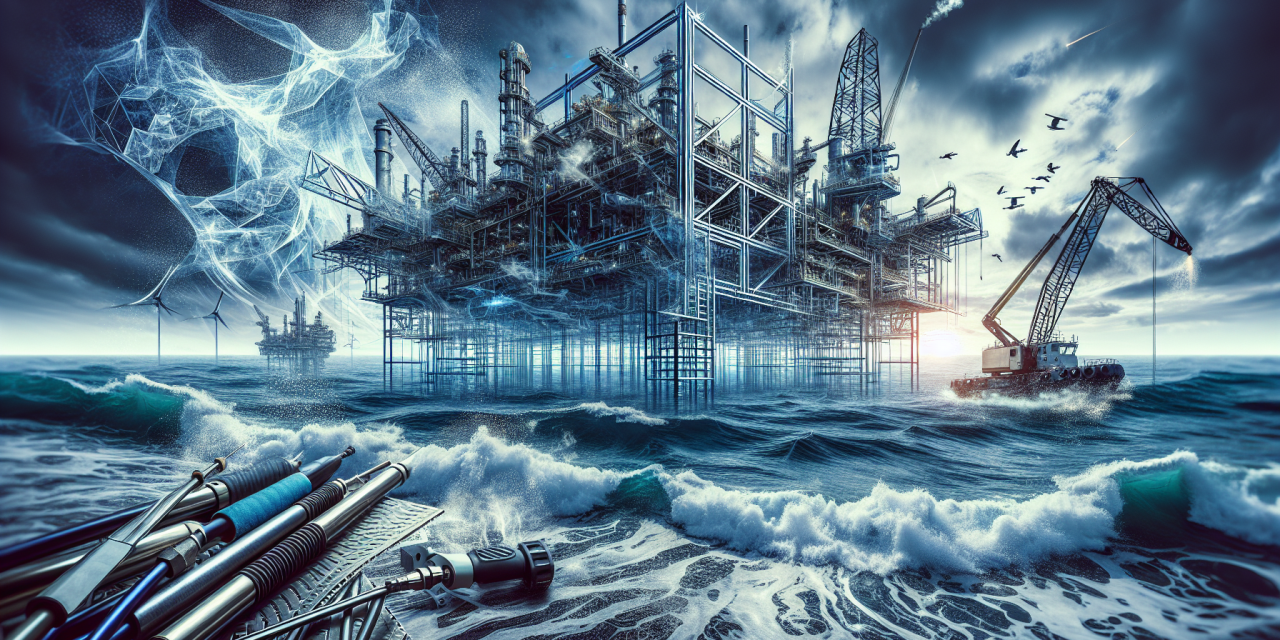Table of Contents
- Introduction
- Key Challenges in Materials and Welding
- Regulatory Compliance and Standards
- Case Studies
- Prevention and Solutions
- Importance of Training
- FAQs
- Conclusion
Introduction
The offshore oil and gas industry plays a crucial role in the global energy landscape. However, it also faces formidable challenges, particularly in the areas of materials and welding. As the industry evolves, the importance of understanding these challenges becomes even more pronounced. In this article, we will explore the key materials and welding issues, delve into case studies, and discuss strategies to address these challenges effectively.
Key Challenges in Materials and Welding
Offshore environments are famously hostile, and materials used in oil and gas extraction must endure extreme conditions. The challenges can be categorized into several areas:
Corrosion Concerns
Corrosion poses one of the most significant threats to the integrity of offshore structures. Various factors, including saltwater exposure and pressure variations, accelerate the deterioration of metals. The impact of corrosion leads not only to structural failures but also to substantial economic losses. Engineers must select the right materials and coatings to mitigate these risks effectively.
Fatigue Failure
Alongside corrosion, fatigue failure is a pressing concern in the industry. Structures endure constant stress due to wave action and operational loads, leading to fatigue cracks. Identifying materials that can resist these repetitive stresses is essential. Consequently, proper design and regular monitoring become vital strategies in maintaining the durability of offshore structures.
Welding Defects
Welding defects such as porosity, cracks, and incomplete fusion can jeopardize the safety and reliability of offshore installations. Understanding the root causes of these defects allows teams to implement corrective measures. Investing in advanced welding techniques and technologies plays a critical role in addressing these issues.
Regulatory Compliance and Standards
Navigating the regulatory landscape is another significant challenge for the offshore oil and gas sector. Organizations must adhere to strict standards imposed by various authorities. These regulations often pertain to safety practices, material selection, and welding processes. Compliance not only ensures safety but also protects the environment.
Case Studies
To illustrate the real-world impact of these challenges, let’s examine a couple of case studies from offshore projects.
Case Study 1: A Major Offshore Oil Platform
In the North Sea, a prominent oil platform faced severe corrosion issues, leading to unexpected downtime. Engineers conducted a materials audit and found that inadequate coatings had been used. By implementing more robust protective measures and regularly maintaining coatings, the platform significantly reduced maintenance costs.
Case Study 2: A Deepwater Drilling Operation
During a deepwater drilling project in the Gulf of Mexico, fatigue cracking was observed in critical structural components. This prompted a thorough investigation into the material properties and welding techniques employed. The team adopted innovative inspection methodologies, identifying potential issues before they escalated into costly failures.
Prevention and Solutions
Addressing the materials and welding challenges in offshore oil and gas operations requires a proactive approach. Here are key strategies to consider:
- Material Selection: Choose materials specifically designed for corrosive and high-stress environments.
- Advanced Welding Techniques: Utilize state-of-the-art welding technologies to minimize defects.
- Regular Inspections: Implement routine checks to identify corrosion and fatigue early.
- Training and Awareness: Foster continuous training for personnel on the latest standards and techniques.
Importance of Training
Training plays an indispensable role in effectively tackling materials and welding challenges. Workers must be equipped with the skills and knowledge to implement best practices. Understanding the complexities involved in offshore operations can lead to improved safety and efficiency.
Offering specialized training can enhance competence in dealing with the unique challenges faced in offshore environments. For example, consider joining the Offshore Welding & Materials Challenges in Oil & Gas Course to further develop your understanding.
FAQs
What are the primary materials used in offshore welding?
Commonly used materials in offshore welding include carbon steel, stainless steel, and various alloys designed to resist corrosion and fatigue.
How can corrosion be prevented in offshore structures?
Corrosion can be mitigated through proper material selection, application of protective coatings, and regular maintenance regimes.
What are the best practices for welding in offshore environments?
Best practices include using high-quality materials, implementing rigorous inspection protocols, and investing in staff training focused on advanced welding techniques.
Conclusion
Addressing the materials and welding challenges in the offshore oil and gas industry is crucial for ensuring operational efficiency and safety. By understanding the various challenges posed by corrosion, fatigue, and welding defects, organizations can develop practical solutions. Moreover, investing in training and adhering to regulatory standards can lead to better decision-making and long-term sustainability.
For additional insights and strategies on enhancing resilience in process equipment and piping, consider visiting Enhancing Resilience in Process Equipment and Piping. To master designs and maintenance strategies, explore Mastering Process Equipment and Piping Systems. For a comprehensive understanding of piping systems, check out Comprehensive Guide to Process Equipment and Piping Systems, as well as resources for troubleshooting and engineering problem-solving featured here: Mastering Process Plant Troubleshooting and Exploring Mechanical Engineering Technology.





